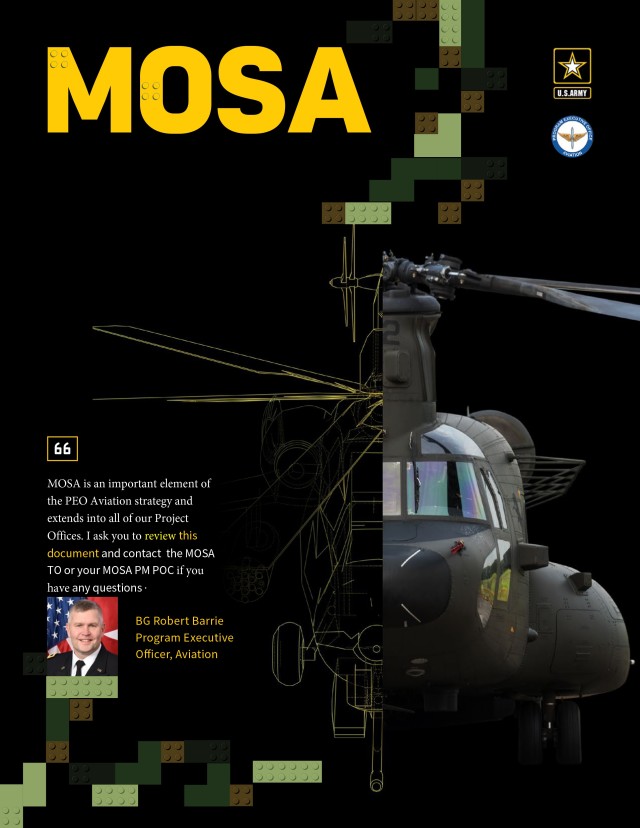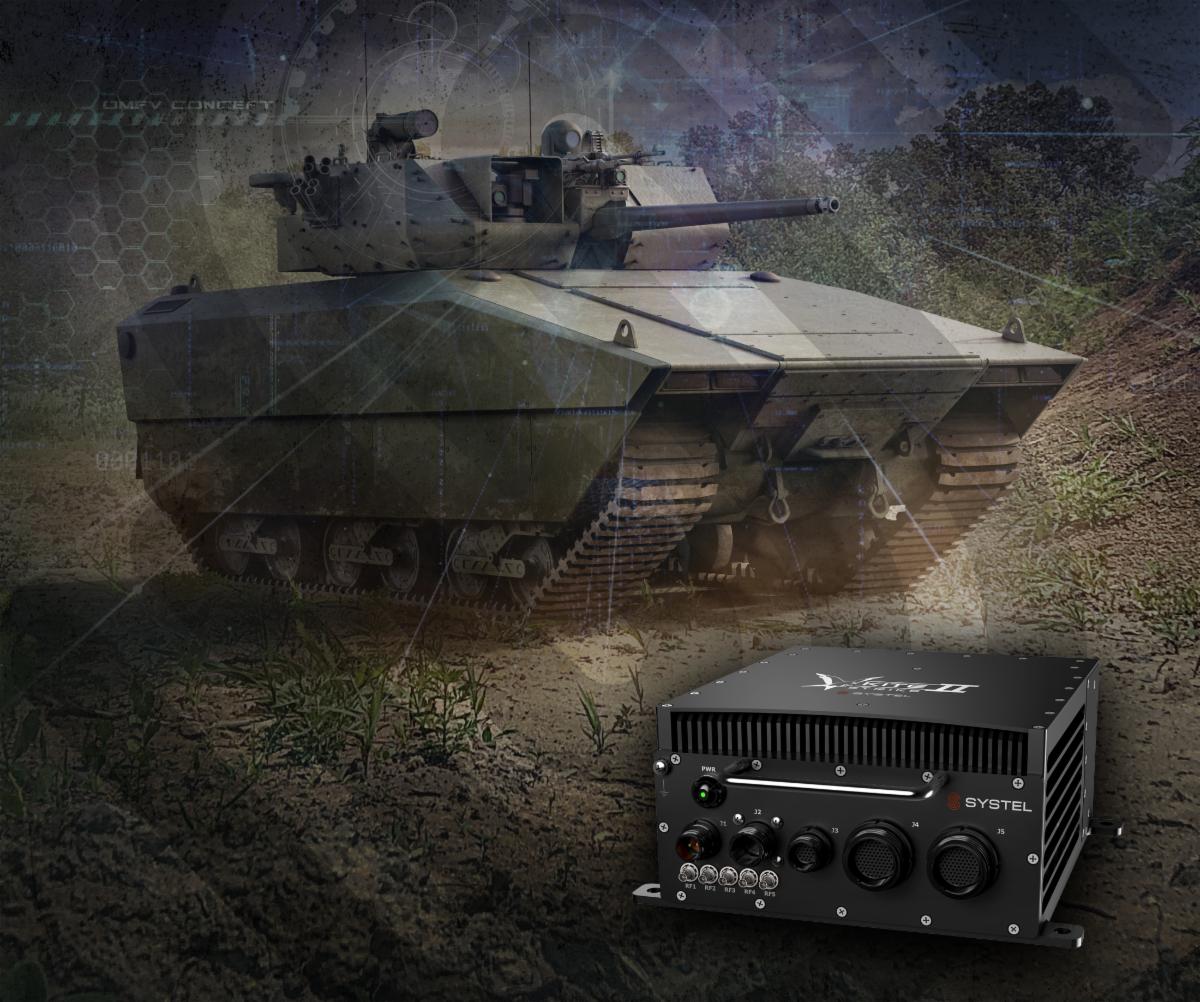A guide to the DoD’s Modular Open Systems Approach

A guide to the DoD’s Modular Open Systems Approach
The US Department of Defense has been pursuing an open systems approach for its technology acquisitions for several years now; successful implementation has major benefits for the warfighter and the taxpayer including reduced costs, accelerated development cycles, increased interoperability, and rapidly addressing emerging threats on the battlefield. In this blog post, we look at the DoD’s open systems initiatives under the MOSA umbrella and how technology suppliers such as Systel are ensuring compliance.
In the defense technology sector, an “open architecture approach” has been explored for some time by industry, the military and academia. If a platform is built using an open architecture or open systems approach, there are common standards that allow components such as sensors or systems to be easily swapped depending on the mission requirements, and replaced when there are obsolescence issues or upgrades are required.
This also reduces cost and promotes interoperability between systems, which in the past has been a challenge due to so-called “vendor lock”, where proprietary systems, software and interfaces have made it difficult to switch suppliers without incurring significant costs.
Open systems have become particularly important for the US DoD, which sees it as one way it can counter near-peer threats, such as China and Russia, which are developing new technologies at a rapid pace.
Modular Open System Approach – what does it mean?
As a way of addressing the challenges of closed systems and the costs associated with them, the DoD has introduced the Modular Open Systems Approach (MOSA) for defense systems across all domains. MOSA is an “integrated business and technical strategy” that aims to achieve competitive and affordable acquisition and sustainment over the lifecycle of a defense system.
The importance of MOSA was communicated in a 2019 Tri-Service Memo sent by the Office Secretaries of the Army, Navy and Air Force titled “Modular Open Systems Approaches for our Weapon Systems is a Warfighting Imperative”. This memo set out that the development of MOSA standards was “vital to our success”.
It added that “MOSA supporting standards should be included in all requirements, programming and development activities for future weapon system modifications and new start development programs”.
In fact, MOSA that it is required by United States law, which states that all major defense acquisition programs (MDAPs) must be designed and developed using a MOSA to enhance competition, innovation and interoperability.
Title 10 U.S.C. 2446a.(b), Sec 805 states that MOSA is an integrated business and technical strategy that:
- Employs a modular design that uses modular system interfaces between major systems, major system components and modular systems;
- Is subjected to verification to ensure that relevant modular system interfaces comply with, if available and suitable, widely supported and consensus-based standards; and
- Uses a system architecture that allows severable major system components and modular systems at the appropriate level to be incrementally added, removed, or replaced throughout the life cycle of a major system platform to afford opportunities for enhanced competition and innovation.
This piece of legislation also sets out the benefits that MOSA will bring to DoD programs on top of increased competition and innovation, including:
- Significant cost savings or avoidance;
- Schedule reduction;
- Opportunities for technical upgrades;
- Increased interoperability, including system of systems interoperability and mission integration; and
- Other benefits during the sustainment phase of a major weapon system.
Whichever program they are working on, program managers must now adhere to five MOSA principles, which have been set out as:
- Establish an Enabling Environment
- Employ Modular Design
- Designate Key Interfaces
- Use Open Standards
- Certify Conformance
Critically important is the DoD keeping pace with advances in the commercial sector with increasingly early partnerships with industry early in the development cycle, rapidly adopting the latest commercial-off-the-shelf (COTS) technologies. Open standards is the key to successfully achieveing and sustaining this effort.

Check Out Our MOSA-Aligned Embedded Computing Solutions
Download The Product SheetTechnical standards – SOSA, FACE and others
As mentioned above, MOSA is a top-level strategic approach for the US DoD and as such does not set out the nitty gritty technical details on how to achieve a certain standard. But under the MOSA umbrella comes a myriad of other open standards that align with the MOSA strategy. There are several standards that have emerged and gained widespread traction under the MOSA umbrella, including SOSA, FACE, VICTORY, MORA, HOST, and CMOSS.
The first Technical Standard for SOSA, the Sensor Open Systems Architecture standard, was released in 2021 and focuses on sensors – including communications, EO/IR, electronic warfare, radar and signals intelligence systems – and the underlying equipment that enables their functionality, including cables, interfaces, hardware, software and system designs.
Led by The Open Group, SOSA seeks to enable “government and industry to collaboratively develop open standards and best practices to enable, enhance and accelerate the deployment of affordable, capable and interoperable sensor systems”. It is the aim of SOSA to reduce development cycles, reduce system integration cost and risk, increase commonality and reuse, and reduce sustainment costs.
The insertion of innovate commercial technologies would also likely to be easier if a system is SOSA compliant, which means that warfighters would benefit from the rapid fielding of new technologies that are being developed outside of defense.
SOSA will also enable another key standard that is currently in development, known as C5ISR/EW Modular Open Suite of Standards (CMOSS). According to the Army, CMOSS enables the service to insert cards that are embedded with networked capabilities – such as Position, Navigation and Timing (PNT), mission command applications, or radio waveforms – into a common ruggedized chassis inside a vehicle.
The ability to swap out cards allows the Army to rapidly modify vehicles to meet different threats on the battlefield, improving overall lethality and survivability.
Another standard that is closely following the MOSA five principles is the Future Airborne Capability Environment (FACE), which again is being led by The Open Group consortium and is a government-industry partnership that aims to define an open avionics environment for all military aircraft types.
The FACE approach “integrates technical and business practices” for a common operating environment to support portable capabilities across avionics systems.
As we have seen already, FACE aligns with the DoD’s drive to increase affordability and improve time-to-field so that warfighters are equipped with the latest technologies at an accelerated pace. It will also make upgrades more affordable when certain parts become obsolete or newer equipment becomes available for aircraft such as survivability suites.
How does Systel implement a MOSA?
Systel has followed an open standards approach directly aligned with MOSA principles since our founding in 1988. Our computer hardware solutions are built on COTS, non-proprietary open systems managed by standards committees such as IEEE and PICMG. These include standards for common and often-times ubiquitous data communications, computers buses, system interfaces, and system architectures including PCI Express, COM Express, Advanced Technology eXtended (ATX), Gigabit Ethernet, USB, Serial, and Serial ATA (SATA). We are also an active member of the The Open Group SOSA Consortium, particpating in the technical and business working groups.
We use a multi-tool approach to our tactical application of MOSA, with the aim to provide the best solution to solve our customers’ problems. To a hammer, everything looks like a nail; we believe however that the “best tool for the job”means the best compute solution that meets program requirements – including ruggedness, reliability, SWaP, security, and cost – and does so with standard, non-proprietary, architectures and interfaces.
Our embedded and rackmount computer solutions support an integrated business and technology strategy for designing, assessing, and implementing a MOSA. Our design approach is tailored to multi-domain platform integration, and is based on Line Replaceable Modules (LRM(s)) integrated into a Line Replaceable Unit (LRU). We provide platform agnostic solutions directly supporting future development and integration efforts with lowered cost for future capability upgrades.
As a company, we are committed to the benefits that a MOSA brings to the warfighter, ensuring they receive the best possible equipment to meet emerging threats in the fastest time at the most affordable cost.
Let's Talk!
Have questions or want to learn more?
Contact our team and let’s talk!